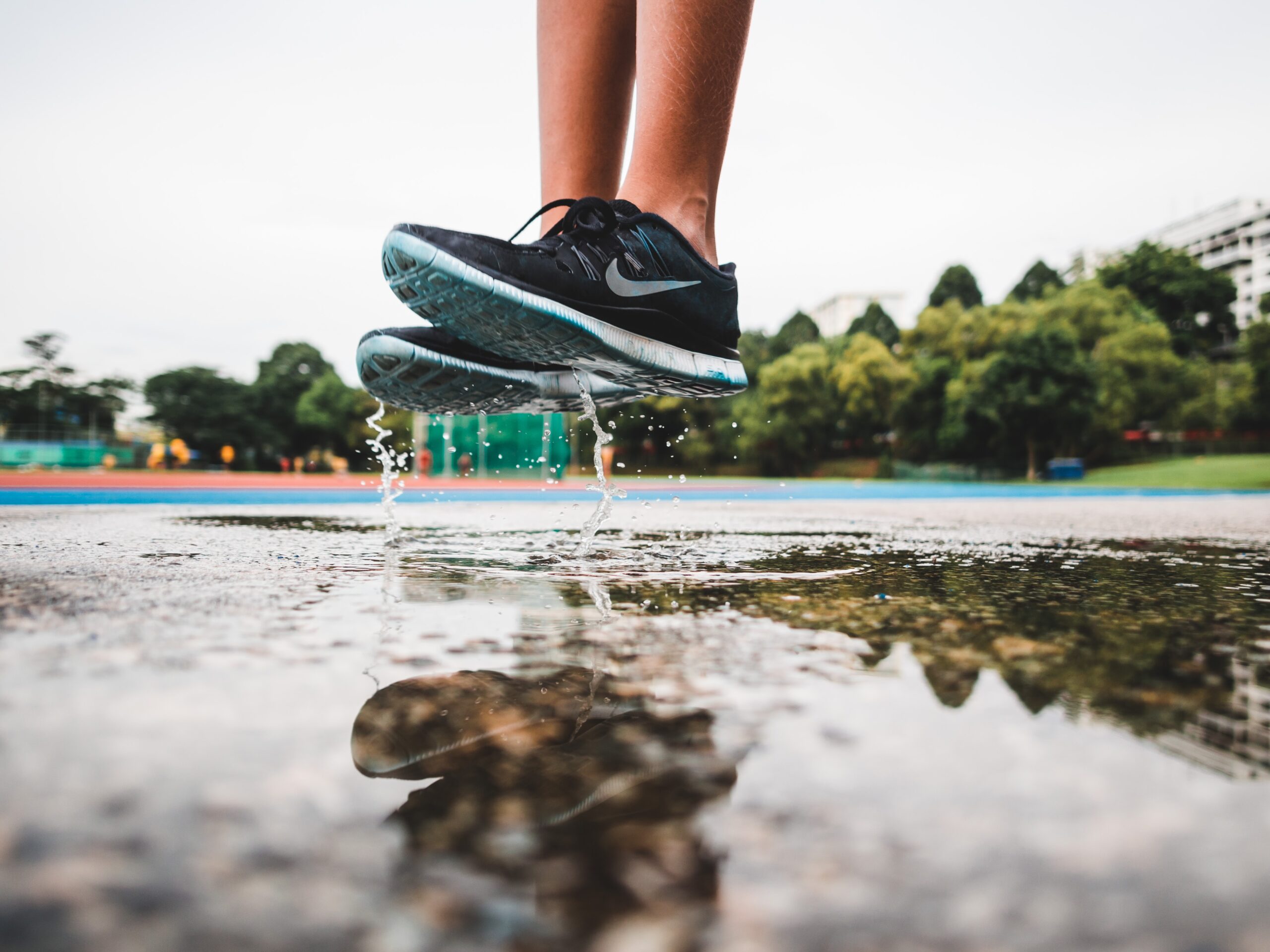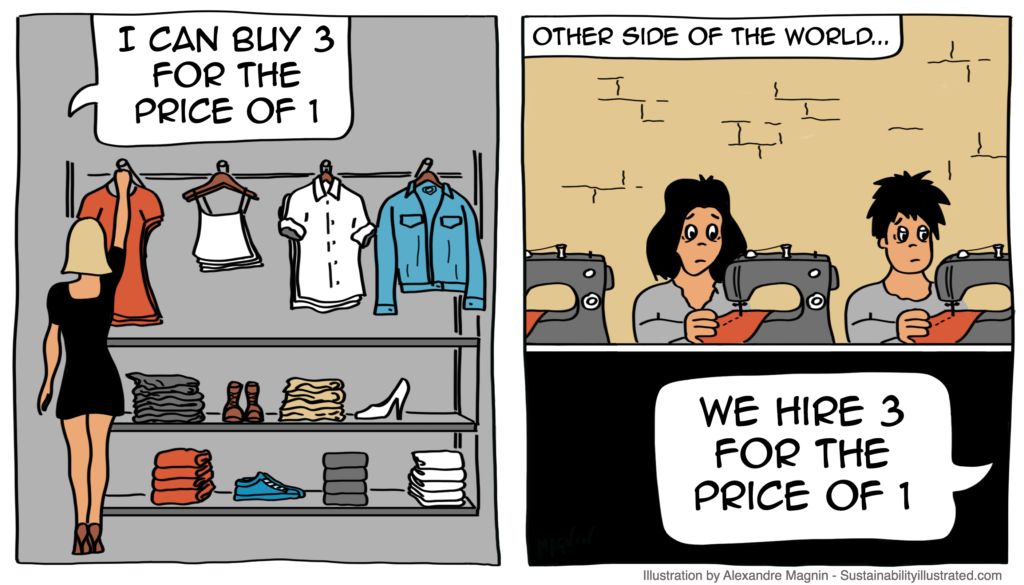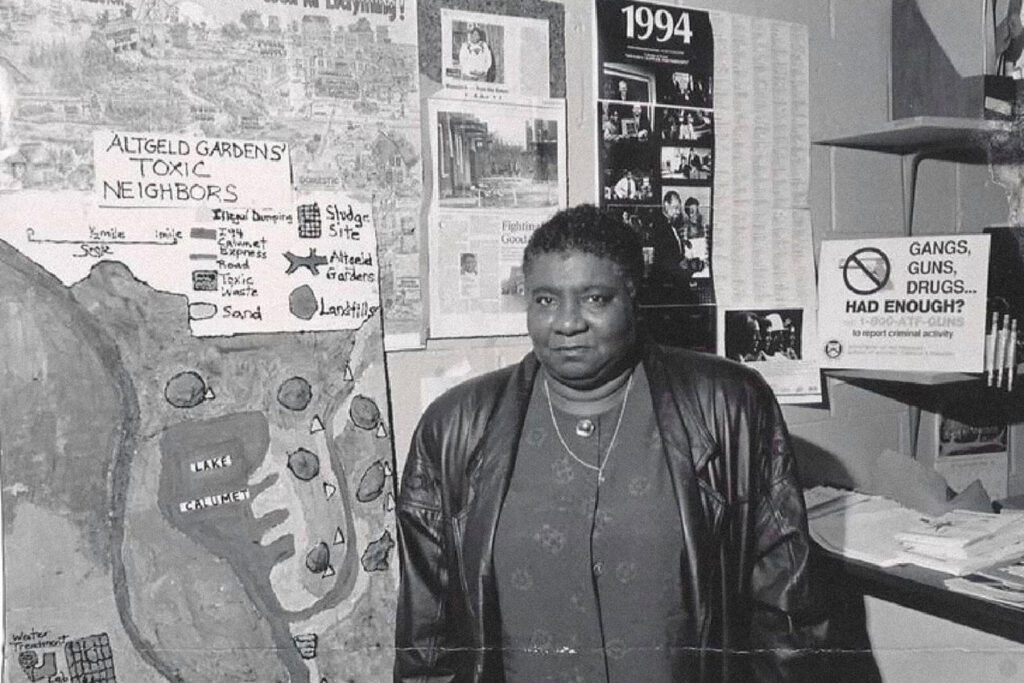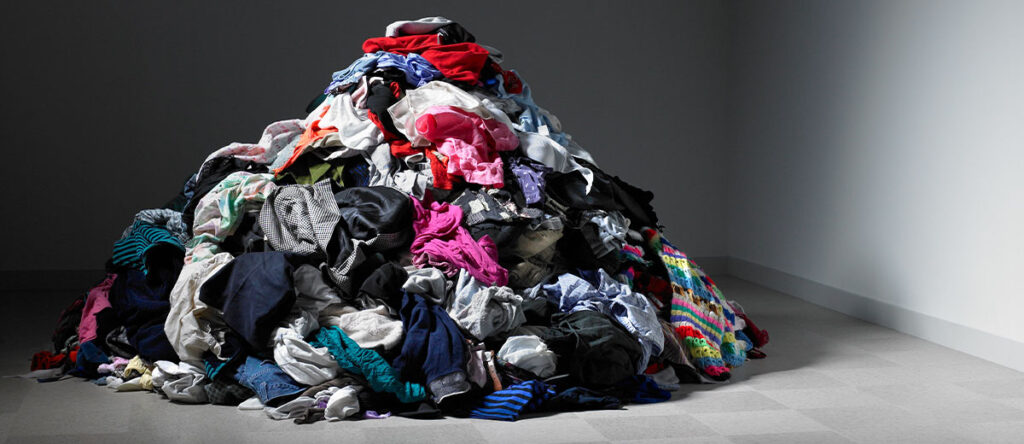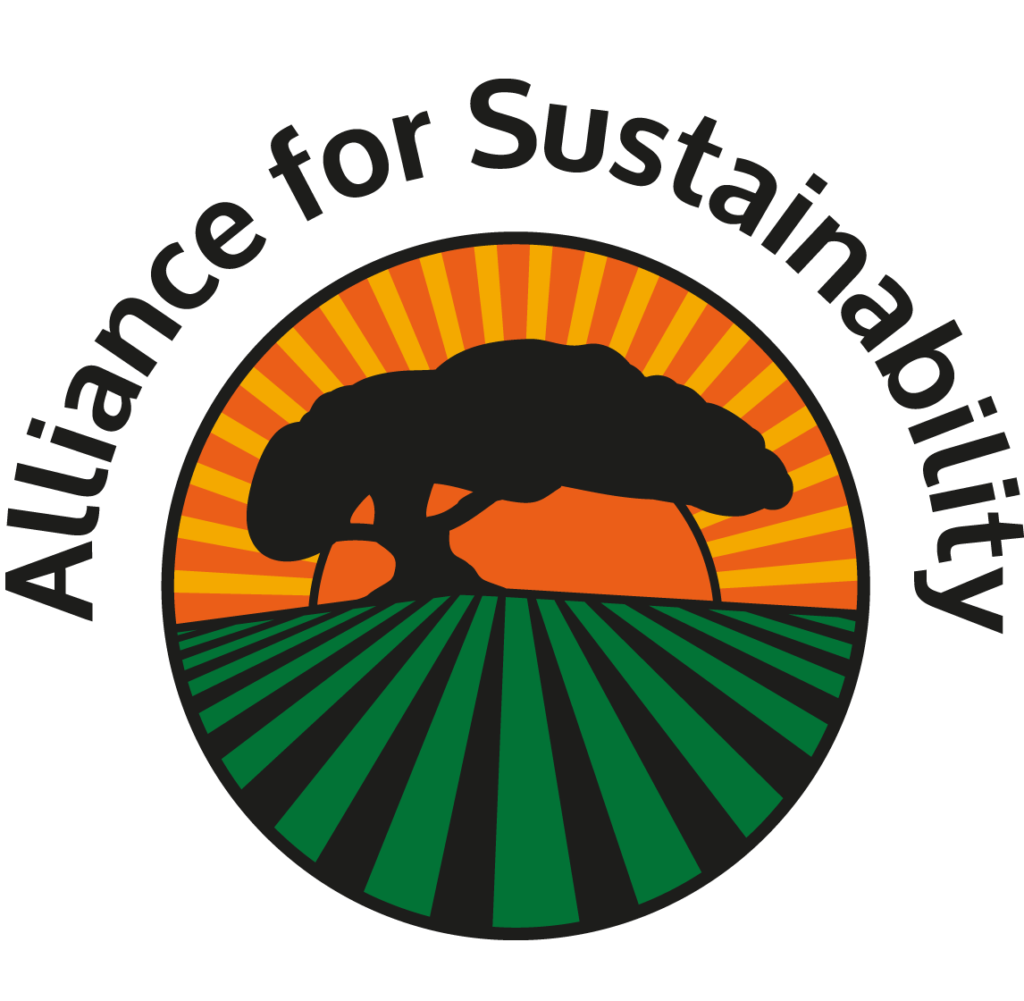
Art of the Week

Morning spider web with dew
Original art by Alliance e-Newsletter editor Amy Durr, a writer, photographer, and gardener living on the beautiful gulf coast of Mississippi.
Calendar
Sustainability Tip: Don't wear outside shoes in your home
Most people spend 90% of their time indoors, so indoor air quality is an important consideration.
Environmental chemists say that a third of indoor contaminants are blown and tracked in on shoes, including drug-resistant pathogens, toxins from asphalt road residues, and endocrine-disrupting lawn chemicals. Leaving street shoes outside is an easy way to decrease toxins in your home.
Take Action: Protect Transgender Americans
Bigoted state legislatures have been engaged in a reprehensible campaign to discriminate against transgender Americans, according to the Human Rights Campaign.
There were at least 140 anti-transgender bills pushed by state legislatures in 32 states in the first months of this year.
These laws, which largely focus on restricting transgender youth from receiving gender-affirming treatment and participating in sports, will only further alienate LGBTQ+ Americans and have no place in an inclusive, democratic society.
Please Take Action by opposing anti-transgender bills currently on the docket in state legislatures by sending pre-written messages to the legislators and governors with the click of a button at The National Center for Transgender Equality’s State Action Center Page.
Highlights
– Food for Thought: The Myth of Sustainable Fashion
– Inspiration: “Mother of Environmental Justice” Hazel Johnson
– Sustainability Tip: Don’t Wear Outside Shoes in Your Home
– Take Action: Protect Transgender Americans
At the Alliance
Happy Earth Month! We hope we’re inspiring new ways to love our Mother Earth and protect our fragile democracy.
Please help out by sharing any articles, art, music, poetry, cartoons, questions and other submissions to our newsletter. And please consider making a financial contribution to the Alliance and our SHE Kindness Campaign so we can pay our interns and keep advocating for sustainability, health, equity and kindness.
We’re excited to welcome our newsletter editor Amy Durr, who lives in southern Mississippi. She joins us with extensive experience in writing and editing, holding a BA in English and Chemistry from Mt. Holyoke College and an MA in Library Science from Drexel.
We’re also welcoming our fabulous new interns from across the country: Taylor Cantril from the U of Iowa, Dylan Harrison from Rutgers, Jaiden Pierce from the U of Texas-Austin and Xiaoping (Eric) Yu from Macalester.
Inspiration: How Hazel Johnson became the “Mother of Environmental Justice”
Before there was even the idea of environmental racism, Hazel Johnson was addressing tenants rights and environmental issues in her community. She went on to found People for Community Recovery (PCR) in 1979.
“She soon learned that Atlgeld and neighboring Calumet City had the highest cancer rates in the area. Having lost her husband and several neighbors to cancer, this discovery put Hazel on a journey that would lead her to conduct her own community health study and learn about the many toxic industrial and waste sites surrounding her neighborhood,” according to PCR. See the full blog post and the live poetry reading in her honor on Wednesday, April 13 at 5 PM CT.
Food for Thought: The myth of sustainable fashion
In his provocative Harvard Business Review piece, former Timberland COO Kenneth P. Pucker argues the fashion industry is unsustainable and continues to struggle with making forward progress: “Less unsustainable is not sustainable. To their credit, Patagonia no longer uses the term,” says Pucker.
He points out that the industry’s carbon impact is in the range of 4% (McKinsey and the Global Fashion Agenda) to 10% (U.N.) of overall global carbon emissions. Globalization, cost pressures, complex supply chains, and plain old consumerism continue to push the fashion industry into less sustainable practices. What changes can be made? More…

